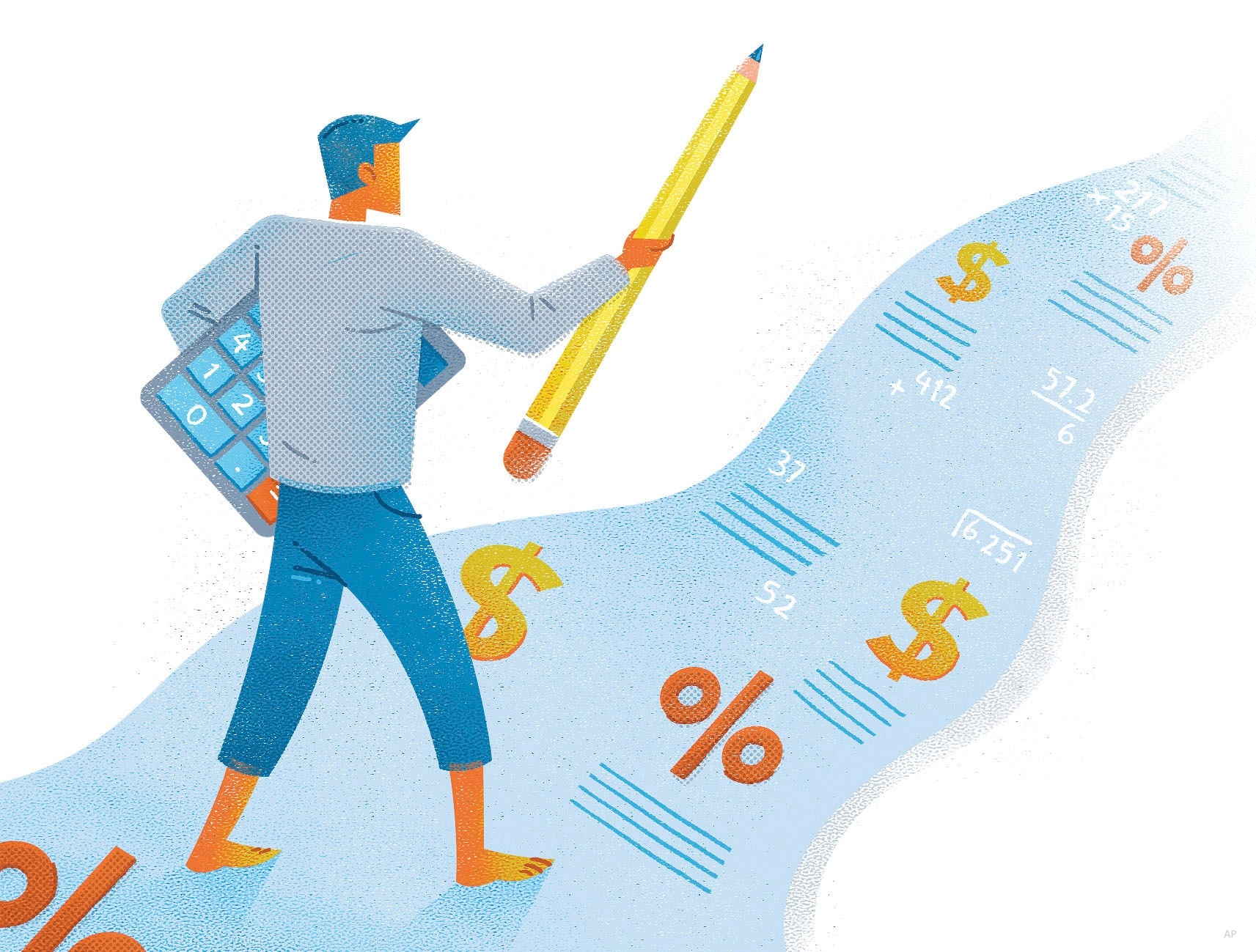Find more episodes of Quant Concepts here
Ryan Strong: Welcome to Quant Concepts. Well, that escalated quickly. The U.S. market just posted one of the worst January returns in 30 years, and long-term rates have been a runaway train. We know that the Federal Reserve has been a large buyer of U.S. bonds since March 2020, which has kept a lid on rates throughout. However, with the Fed set to taper its monthly purchases from 80 billion to 0, it's time to act. Take financials, for example, which is a great sector to own as long-term rates move higher. This is especially true for the regional banks with a model of borrowing short and lending long. These banks are still able to borrow very cheap debt with short-term rates still near the floor. At the same time, long rates are up over 75% in the last 12 months. The spread between the short and long-term rate is pure profit for them. Smaller banks haven't been the best performer this market cycle as long rates have been at the floor. However, it's time to take a second look.
Today, I'm going to walk through a U.S. bank-specific strategy with the goal of high and sustainable yield. I will be looking for yield both relative to the sector and index, high ROE, low payout ratios, positive earnings momentum, and positive relative strength.
First, let's start by ranking our universe. In the ranking step, we are going to look at four main variables, which you can see here. The first variable with a 25% weight is the estimated yield industry median. This variable measures the relationship between the company's dividend and the yield of the industry group to which they belong. This is important when running a sector-specific strategy as certain sectors will have higher yields by nature than others. Secondly, we are looking at forward return on equity.
Forward return on equity is the ratio of a company's estimated fiscal EPS as a percentage of the company's adjusted book value per common share. It is a forward-looking variable as it uses estimated current year fiscal earnings. ROE is my go-to variable to measure a company's profitability and how efficiently it generates those profits. Thirdly, we incorporate relative strength over six months. Relative strength measures a company's price change as a percentile to the CPMS universe of stocks. This is an important momentum indicator to find companies that have performed relative to the market. Finding relative outperformance can provide alpha as once a trend is established it is more likely to continue. And lastly, we are doubling down on yield. The expected dividend yield is the annual dividend expressed as a percentage of the latest market price of the stock. Yield is a core purpose of this strategy. So, we are including it with a total 50% rank.
Now, let's run through the screening process. We are going to select stocks that rank in the top 15th percentile of that list we just created. We will only be buying companies greater than 1 billion in market cap. The payout ratio must be less than 75% to ensure that it's sustainable in the longer term. The quarterly earnings momentum must be above 0, ensuring that the company is growing its earnings. Lastly, the average daily volume must be greater than 2 million to ensure sufficient liquidity.
Now, let's take a look at our sell rules. In this case, we've kept things very simple with only a couple of sell rules. We are going to exclude stocks in the bottom 20th percentile of that list we created. We are also going to exclude stocks that have a payout ratio that exceeds 100. Lastly, we are going to sell companies if the quarterly earnings momentum goes below negative 5%.
Now, let's take a look at our backtest page. In our backtest, we've started from January 2010 to December 2021, and over that time period, we've seen massive underperformance with only a 3.8% annualized return. As mentioned previously, regional banks have suffered as long-term rates have remained low. However, the one-year return is 41.1% versus the benchmark of 28.7% as long-term rates have been rising throughout that period.
Another metric I wanted to highlight was the aggregate yield of the portfolio versus the benchmark, and we can see that in the attribution. The aggregate yield in the portfolio is 3.7% versus the benchmark of 1.4%. As yield is our main objective, it is great to see that we are achieving a much higher yield than the benchmark. I also want to point at the valuation. The portfolio is trading at 10.5 times earnings, less than half the valuation of the overall benchmark at 22.8%. This is a great sign and means we are still early to this trade idea as valuations have been very suppressed.
I would not recommend following this strategy long-term; however, as long-term rates continue to increase, this strategy can help you make a call on what regional banks are worth owning.
From Morningstar, I'm Ryan Strong.






:quality(80)/cloudfront-us-east-1.images.arcpublishing.com/morningstar/VYKWT2BHIZFVLEWUKAUIBGNAH4.jpg)












